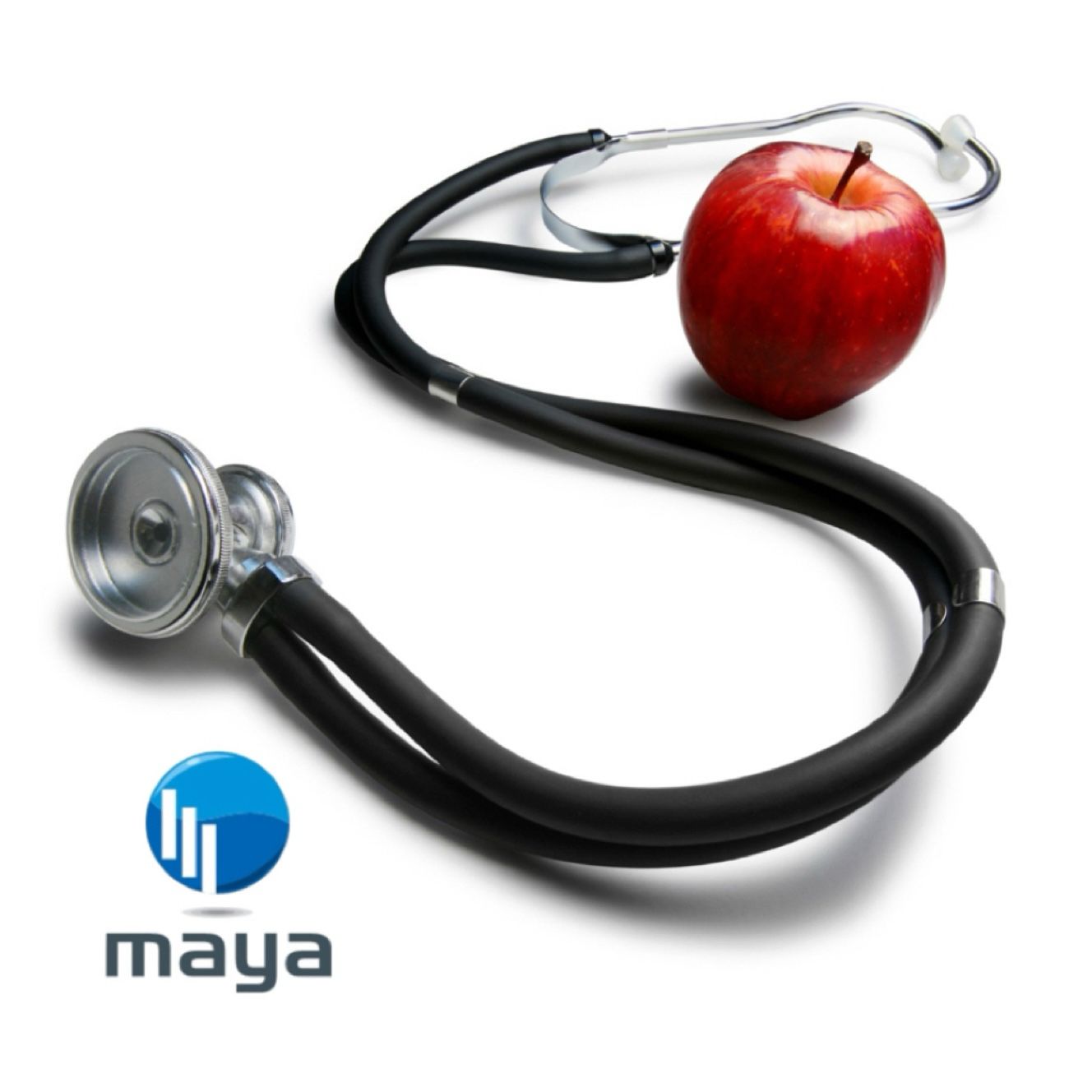The failure of containing infection of COVID-19 failed due domino effect that helped spreading in China, resulting in a pandemic that we are still struggling to rectify. Unfortunatly life on earth will never be the same as in the past and will get worse. WHO's timeline of actions during the early stages of the COVID-19 outbreak that led to a major crisis are:
• December 2019: Chinese authorities reported cases of pneumonia of unknown cause in Wuhan.
• 1 January 2020: The WHO established the Incident Management Support Team to address the outbreak.
• 5 January 2020: The WHO notified all member states about the outbreak and guided testing and precautions.
• 12 January 2020: Chinese scientists shared the genetic sequence of the novel coronavirus, facilitating global research and diagnostic efforts.
• 14 January 2020: The WHO stated that preliminary investigations by Chinese authorities found no clear evidence of human-to-human transmission, although they recommended precautions due to the potential for limited transmission.
• 20 January 2020: The WHO confirmed human-to-human transmission of the virus.
• 30 January 2020: The WHO declared the outbreak a Public Health Emergency of International Concern (PHEIC).
• 11 March 2020: The WHO characterised COVID-19 as a pandemic.
Despite these actions, the WHO faced criticism for delays in declaring a PHEIC and for initially echoing Chinese authorities' statements that there was no clear evidence of human-to-human transmission. Critics argue that earlier acknowledgement of human-to-human transmission and a swifter declaration of a global health emergency might have prompted countries to implement containment measures sooner.
Proposed Strategies for Improved Pandemic Response
In the 2017 article "Superbug Pandemic and How to Prevent Them," several strategies were proposed to mitigate the impact of global health threats:
1. Early Detection and Transparent Reporting: Timely identification and open sharing of information about new pathogens are crucial. Implementing robust surveillance systems and encouraging countries to report outbreaks without fear of economic or political repercussions can lead to quicker global responses.
2. International Collaboration: Coordinated efforts among nations, facilitated by organisations like the WHO, are essential for sharing resources, knowledge, and strategies to combat pandemics effectively.
3. Investment in Healthcare Infrastructure: Strengthening healthcare systems worldwide ensures they are better equipped to handle patient surges during pandemics, reducing mortality rates and transmission.
The article "These Apps Track Infection, Isolate Patients, Reduce Antibiotics Abuse" highlights the role of technology in managing health crises:
1. Digital Surveillance Tools: Mobile applications and digital platforms can track infections in real-time, allowing for swift case isolation and targeted public health interventions.
2. Telemedicine: By allowing patients to receive care remotely, telehealth services can reduce the burden on healthcare facilities and limit the spread of infections.
3. Data Analytics: Analysing large datasets can identify patterns and predict outbreaks, enabling proactive measures to prevent widespread transmission.
Applying These Strategies to the COVID-19 Response
Had the WHO and global health authorities implemented the aforementioned strategies during the early stages of the COVID-19 outbreak, several improvements might have been realised:
• Accelerated Response: Early detection systems and transparent reporting could have led to a more rapid international response, potentially containing the virus before it spread globally.
• Enhanced Contact Tracing: Digital tools for tracking infections could have improved contact tracing efforts, reducing transmission rates.
• Informed Public Health Decisions: Data analytics might have provided insights into the virus's spread, guiding evidence-based policies on travel restrictions, quarantines, and resource allocation.
• Reduced Healthcare Strain: Telemedicine services could have alleviated pressure on hospitals by managing mild cases remotely and reserving in-person care for severe cases.
Conclusion
While the WHO took significant steps to address the COVID-19 pandemic, incorporating strategies such as early detection, transparent reporting, international collaboration, and technological innovations could have strengthened the global response. Learning from these experiences is vital to enhance preparedness and mitigate the impact of future pandemics.
The World Health Organization (WHO) coordinates global health responses. However, during the initial outbreak of COVID-19 in China, the WHO faced criticism for its perceived delays and shortcomings in addressing the emerging pandemic. This article examines the WHO's early actions, identifies areas where its response could have been improved, and explores how strategies proposed in prior articles—such as "Superbug Pandemic and How to Prevent Them" published in The American Interest in January 2017 and "These Apps Track Infection, Isolate Patients, Reduce Antibiotics Abuse" published in The Times of India—might have bolstered the global response to the pandemic.

